Caption: On October 13, 2022, ahead of the 20th National Congress of the Chinese Communist Party, security personnel were stationed along the road leading to Tiananmen Square. (NOEL CELIS/AFP via Getty Images)
[People News] Following the conclusion of the Fourth Plenary Session, rumours regarding Xi Jinping's loss of military power have been widespread. Cai Xia, a former professor at the Central Party School, disclosed that during the Third Plenary Session in July 2024, after Xi Jinping suffered a stroke and lost his military authority, He Weidong, Miao Hua, and others secretly established a military force in Langfang. Earlier, there were rumours that former Vice Chairman of the Military Commission Xu Qiliang was executed after being forcibly captured by Zhang Youxia with Xi Jinping's authorisation. The official announcement of Xu Qiliang's death was made at 12:12 PM on June 2, which led commentators to speculate that an internal coup reminiscent of the 'Double Twelve' incident, where Chiang Kai-shek was kidnapped by Zhang Xueliang and Yang Hucheng, had taken place within the CCP due to this peculiar timing. Shortly thereafter, Lukashenko visited Beijing to meet with Xi Jinping. Social media commentator Lawrence analysed that Xi Jinping had a phone call with Russian President Putin, who, being a fellow former intelligence officer, sent Lukashenko to Beijing to gather intelligence, providing Xi Jinping with a moment of respite.
1. Online Reports of Xi Jinping's Military Support
Recently, social media commentator Zhou Mingfeng revealed in a program that after he disclosed Xi Jinping's involvement in the 'Anti-Party Nation-Building' group during his youth, military personnel reached out to him for a discussion. He mentioned that anti-Xi factions have already formed within the military, but to protect those involved, he refrained from revealing their real names.
Zhou Mingfeng previously revealed that Xi Jinping is backed by three military factions: one from the Northeast known as the Manchurian Gang, another from his mother's Qixin family with influence in Inner Mongolia, and the last from the Taliban army in Afghanistan. The Taliban requires entry through Xinjiang, which makes this region particularly significant for Xi Jinping. Interestingly, the newly appointed Chen Xiaojiang has not joined the Politburo like his predecessor Ma Xingrui, which is quite unusual. According to self-media commentator Jiang Wangzheng, Northeast officials have a unique service—armed hunting. Oddly, it has recently been discipline inspection personnel who are distributing firearms to officials and their children, rather than the public security or military, which is highly unusual.
Zhou Mingfeng noted that the senior leadership of the Communist Party of China has conducted a detailed study on the key reason behind the collapse of the Soviet Union: the discontent among mid-level officials with Stalin's dictatorial regime, which led to clandestine gatherings and the formation of various organisations that collectively overthrew the Soviet government. The Communist Party is afraid that the public will learn the truth and is reluctant to disclose the actual research findings. The current trajectory of the Communist Party bears a striking resemblance to the 'Black October Incident' in the former Soviet Union.
2. The 'Black October' Incident in the Former Soviet Union
In October 1993, Russia witnessed the 'Black October Incident,' marking the climax of the prolonged power struggle between President Yeltsin and the parliament following the dissolution of the Soviet Union.
Yeltsin's push for democratic reforms faced fierce opposition from conservative Speaker Khasbulatov and Vice President Rutskoy. The two sides had significant disagreements over constitutional frameworks and economic policies, ultimately resulting in a scenario where two competing powers coexisted. This mirrors the current situation within the Communist Party, where Xi Jinping's faction, referred to as the Xi family army, and the anti-Xi faction led by Zhang Youxia have effectively created dual power centres.
The catalyst for Black October occurred on September 21, 1993, when Yeltsin ordered the suspension of parliamentary powers and announced elections for a new parliament. In retaliation, the parliament declared Yeltsin's impeachment and appointed Rutskoy as the new president, which quickly escalated the situation.
Government forces surrounded the parliament building, cutting off electricity and water supplies. Intense armed clashes broke out from October 3 to 4, during which Yeltsin ordered the shelling of the parliament building, resulting in 142 deaths and over 700 injuries, ultimately concluding with Yeltsin's victory. This resolution marked Russia's use of force to end the constitutional crisis, establishing a centralised presidential system and signalling the end of the Soviet-style parliamentary tradition.
Yeltsin's success was largely due to his prior preparations. Before the crisis unfolded, he had Moscow Mayor Luzhkov establish a people's militia, which became a crucial military support for Yeltsin. This group, composed of retired military officers and volunteers, was tasked with information reconnaissance, maintaining order, fortifying barricades, and shutting down pro-parliament media, and was known as Yeltsin's 'civilian guard.'
In the internal power struggle within the Chinese Communist Party, the rivalry between Xi and Zhang raises the question: who will emerge as China's Yeltsin?
3. The wave of party withdrawals will hasten the downfall of the Xi dynasty.
William E. Odom, the former Director of the U.S. National Security Agency and a strategic scholar, conducted a systematic analysis of the disintegration of the Soviet military from the late 1980s to 1991 in his book "The Collapse of the Soviet Military". He argues that the collapse of the Soviet military was not simply a military defeat, but rather a direct consequence of the overall disintegration of the political, economic, and social systems.
At that time, Boris Yeltsin's move to dissolve the parliament and dismantle the Communist Party of the Soviet Union was sparked by the arms race in space between the former Soviet Union and the United States, which consumed 40% of civilian economic resources and funding, resulting in economic collapse. The military was unable to pay salaries, lost its cohesion, and became a mere shell; public discontent against Stalinism grew, leading to a wave of party withdrawals, with even air force officers taking the lead in resigning from the party. In the end, two factions emerged simultaneously: the pro-Communist faction and the anti-Communist faction, resulting in a split within the military, and the pro-Communist faction, having lost its military power, also lost its political influence.
The wave of party withdrawals in the Soviet Union hastened the downfall of the Communist Party. Ordinary citizens, under the strict surveillance of the Chinese Communist Party, were unable to take to the streets to protest or openly express their dissatisfaction. However, simply expressing the intention to withdraw from the party, the youth league, and the Young Pioneers served as a means of conveying public sentiment. This wave of withdrawals could encourage anti-Xi forces within the military to expedite the process of dismantling the Communist Party.
(First published by the People News)
△

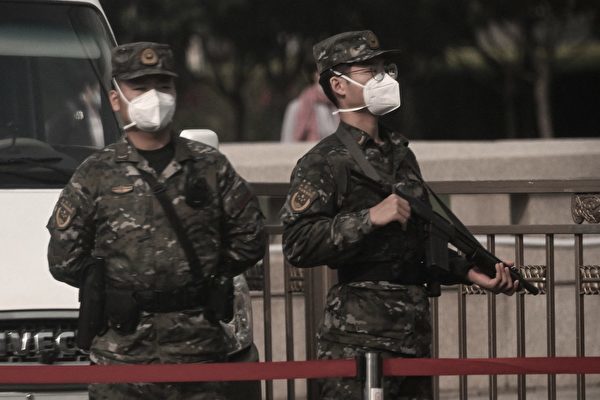


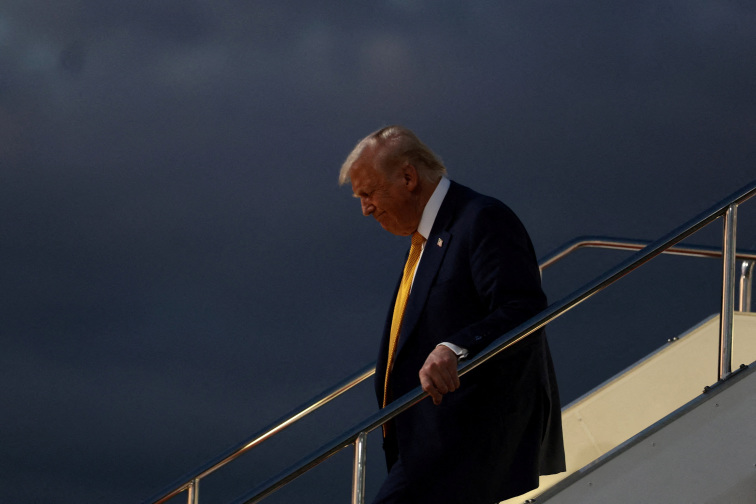
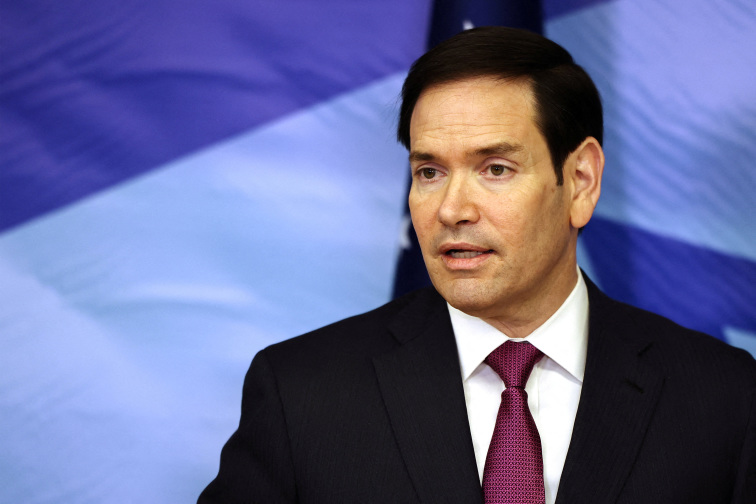
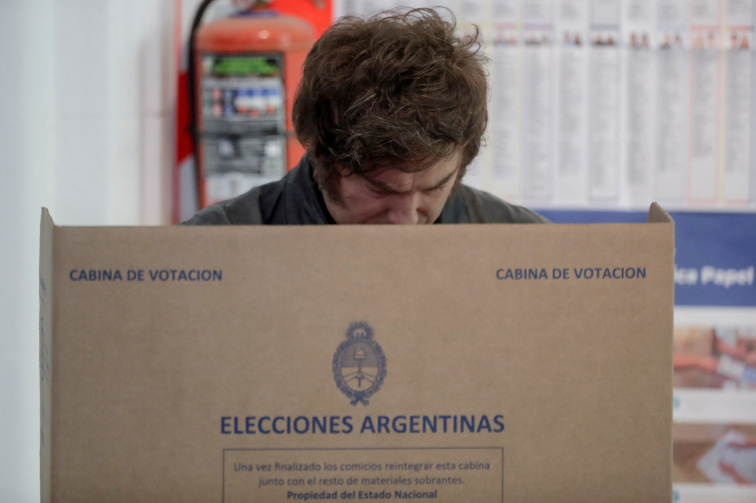


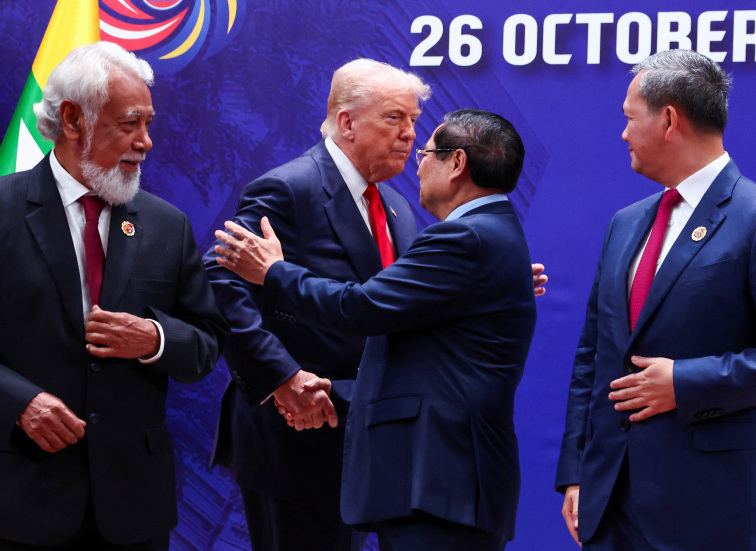

News magazine bootstrap themes!
I like this themes, fast loading and look profesional
Thank you Carlos!
You're welcome!
Please support me with give positive rating!
Yes Sure!